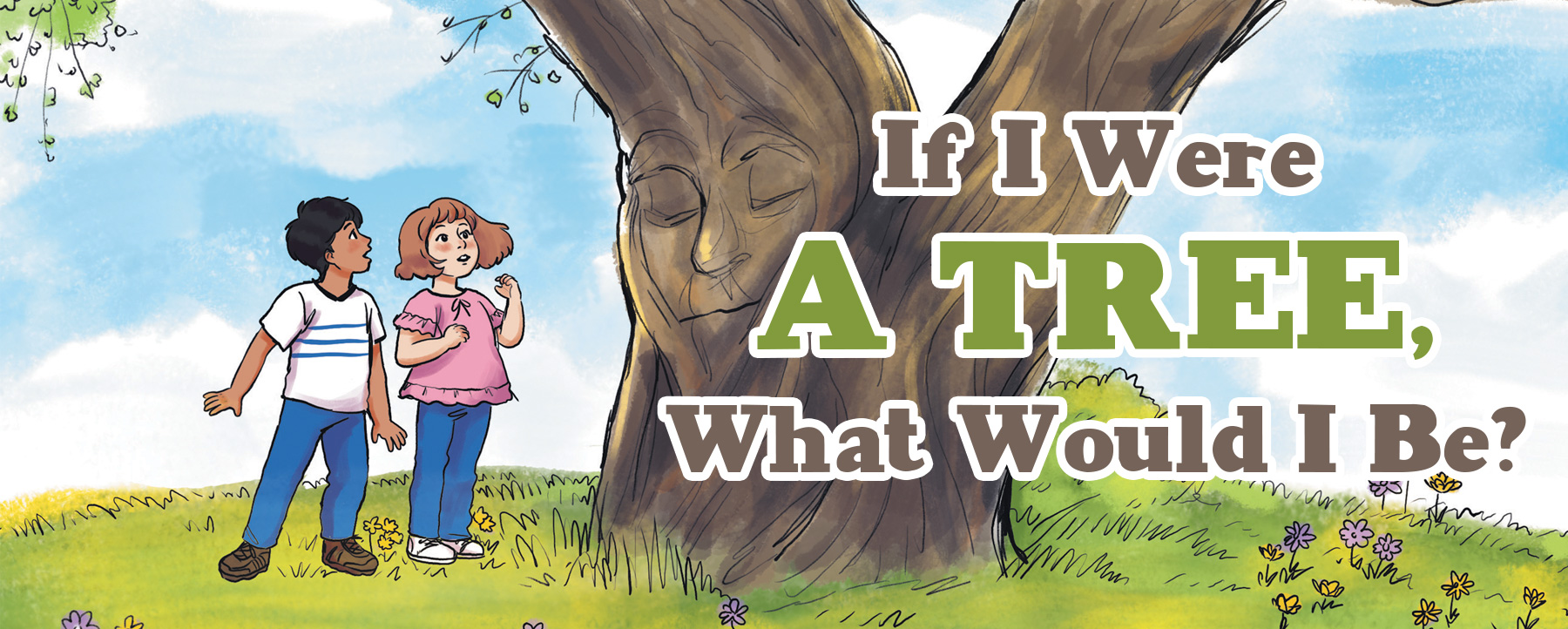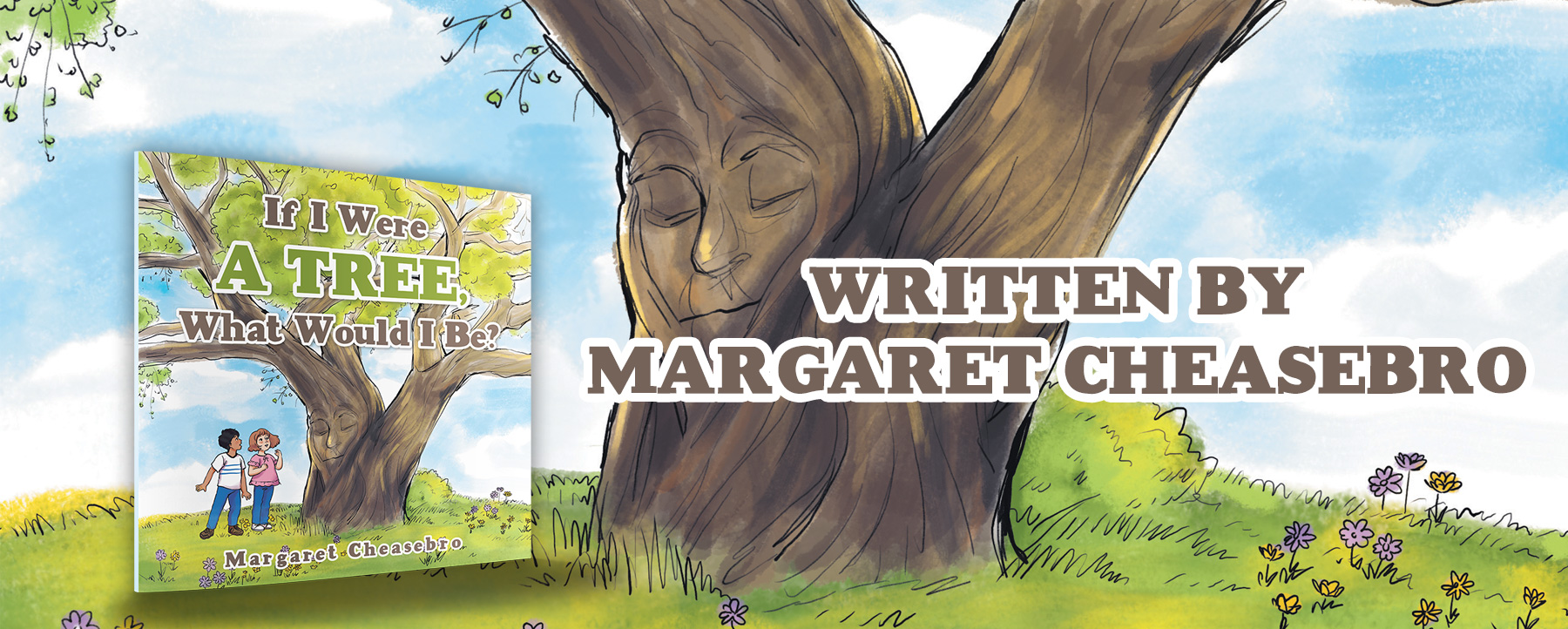White spruce trees are beautiful coniferous trees that look kind of like Christmas trees. They can grow up to 100 feet tall, and they grow across North America. They are cone bearing seed plants.
One place they have not been known to grow is on the Arctic tundra in Alaska. When shadows in northwest Alaska were spotted on satellite images, ecologist Roman Dial and his friend, Brad Meiklejohn, wanted to learn what caused them.
In 2019, they took a single engine bush plane out of Kotzebue on the northwest coast of Alaska and flew as far as they could. They still had to hike for five days across the tundra to reach the area shown in those satellite images. Tundra is an area of land that hinders tree growth because of frigid temperatures and short growing seasons.
When the men reached the area, they were stunned to find many white spruce trees. They shouldn’t have been able to grow there, but they were spreading across the tundra at a rate of two-and-a-half miles every 10 years.
Discovering trees there alarmed the men. It was proof of a phenomenon called Arctic greening. It happens when the climate warms enough that plants and vegetation can grow in areas where they once were seldom if ever seen. The white spruce tree line was moving faster than any other conifer tree line that scientists had ever measured. The men’s find was remarkable enough that science journalist Matt Simon wrote about it in the Sept. 27, 2022 issue of Wired Science. Dial also wrote an article about it in the September 2022 Nature magazine. Much of the information in this blog came from Matt Simon’s article.
Because of climate change, the Arctic is warming up four times faster than the rest of the planet, and white spruce trees are taking root at an alarming rate. Dial and Meiklejohn found white spruce trees that looked like chest high Christmas trees. Some were much smaller, but they were thriving. White spruce seeds usually don’t travel more than a few hundred feet from the tree, but these seeds were traveling up to seven miles, even crossing mountains.
The land on which the trees are growing has been covered with permafrost, ground that remains below 32 degrees Fahrenheit for two or more years. But as the area warms, the permafrost is starting to thaw. Those frozen soils contain dead organic matter that never fully decomposed.
As the soil warms, the organic matter starts to decay, and microbes increase in the soil. That provides needed nutrients for the trees, but it also creates serious problems. The frozen organic matter kept carbon dioxide and methane frozen so it couldn’t get into the atmosphere. But once permafrost began to melt, those potent greenhouse gases began to release. Greenhouse gases act kind of like a blanket wrapped around the planet to keep heat closer to the Earth’s surface.
The discovery of those white spruce trees that Dial and Meiklejohn made is one more indication that our world may be getting warmer a lot faster than we expected.


